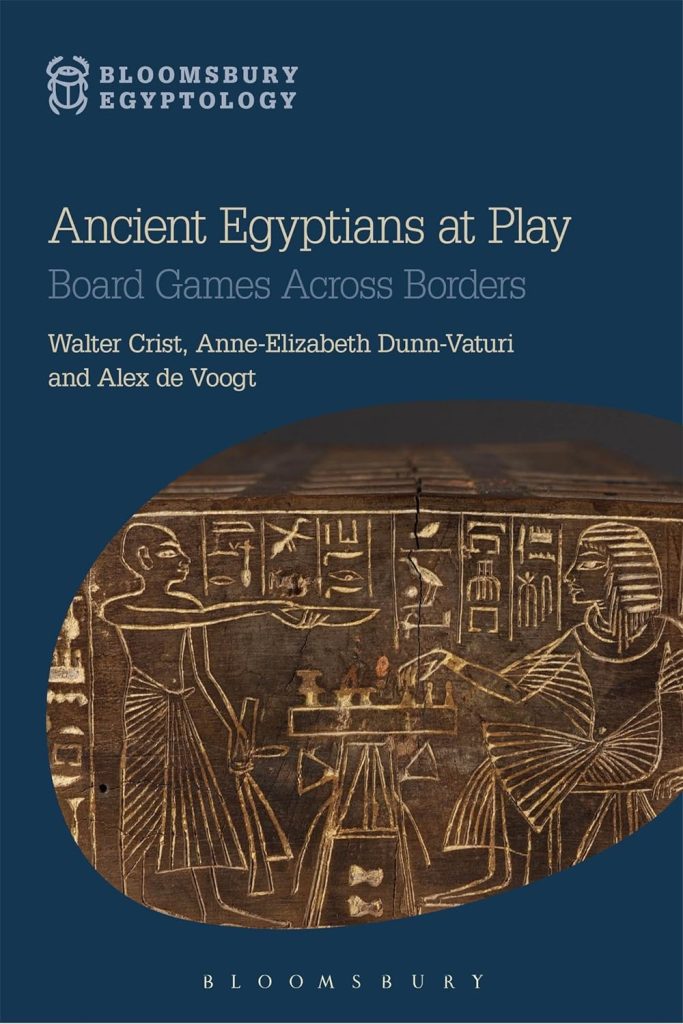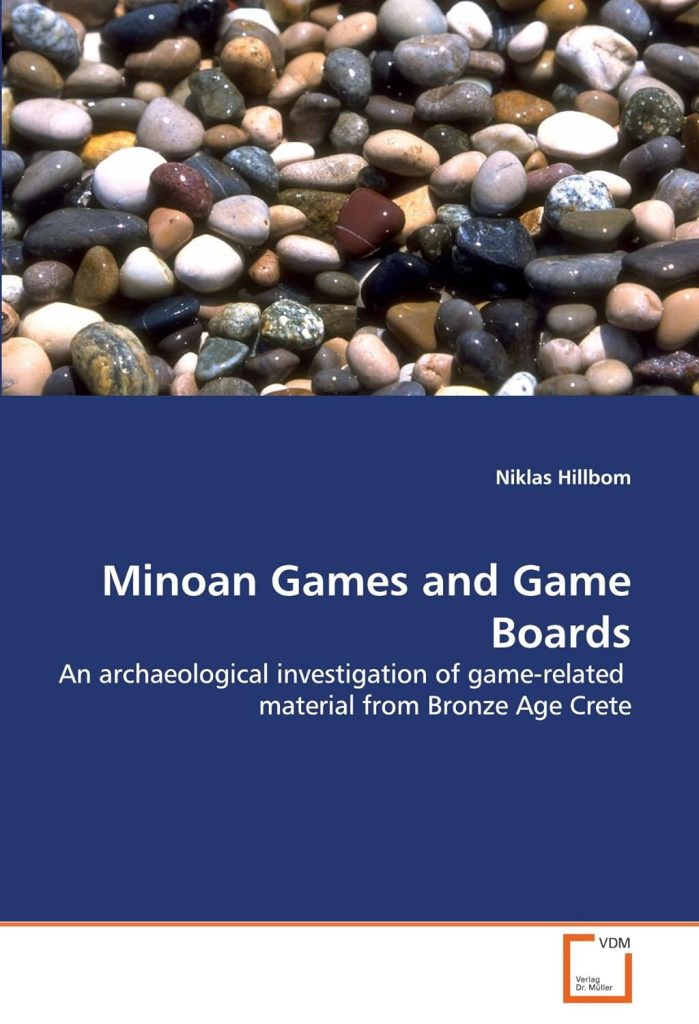BOOKS ON EGYPTIAN GAMES

Ancient Egyptians at Play: Board Games Across Borders (Bloomsbury Egyptology)
The rich history of Egypt has provided famous examples of board games played in antiquity. Each of these games provides evidence of contact between Egypt and its neighbors. From pre-dynastic rule to Arab and Ottoman invasions, Egypt’s past is visible on game boards.
This volume starts by introducing the reader to board games as well as instruments of chance and goes on to trace the history and distribution of ancient Egyptian games, looking particularly at how they show contact with other cultures and civilizations. Game practices, which were also part of Egyptian rituals and divination, traveled throughout the eastern Mediterranean. This book explores the role of Egypt in accepting and disseminating games during its long history. Over the last few years, the extent and the modes of contact have become better understood through museum and archival research projects as well as surveys of archaeological sites in Egypt and its surrounding regions. The results allow new insight into ancient Egypt’s international relations and the role of board games research in understanding its extent.
Written by three authors known internationally for their expertise on this topic, this will be the first volume on Ancient Egyptian games of its kind and a much-needed contribution to the field of both Egyptology and board games studies.
BOOKS ON GREEK GAMES

Minoan Games and Game Boards: An archaeological investigation of game-related material from Bronze Age Crete
The old, worldwide phenomenon of playing board games has received little attention among scholars studying ancient cultures. This thesis collects and analyses game-related material from Bronze Age Crete, defines the field of research and examine gaming as part of social history.
The book starts with a history of research on Eastern Mediterranean games and game boards and then analyses three types of archaeological material connected to games. First, the cup holes made on pavement slabs in public, multi-purpose areas, such as street corners and courtyards, are investigated. Then the elaborate Knossos game board provides a new understanding of its details, layout, and logic.
Finally, all kinds of small objects are investigated, e.g. markers, pieces, dice, and lots. The game-related findings can also highlight other aspects of the Minoan society; the public and private spheres, connections to ritual and religion, etc. We have a local production of gaming material, with various dimensions of foreign influence. These influences often came from Egypt, but little seems to have continued to the Greek mainland.